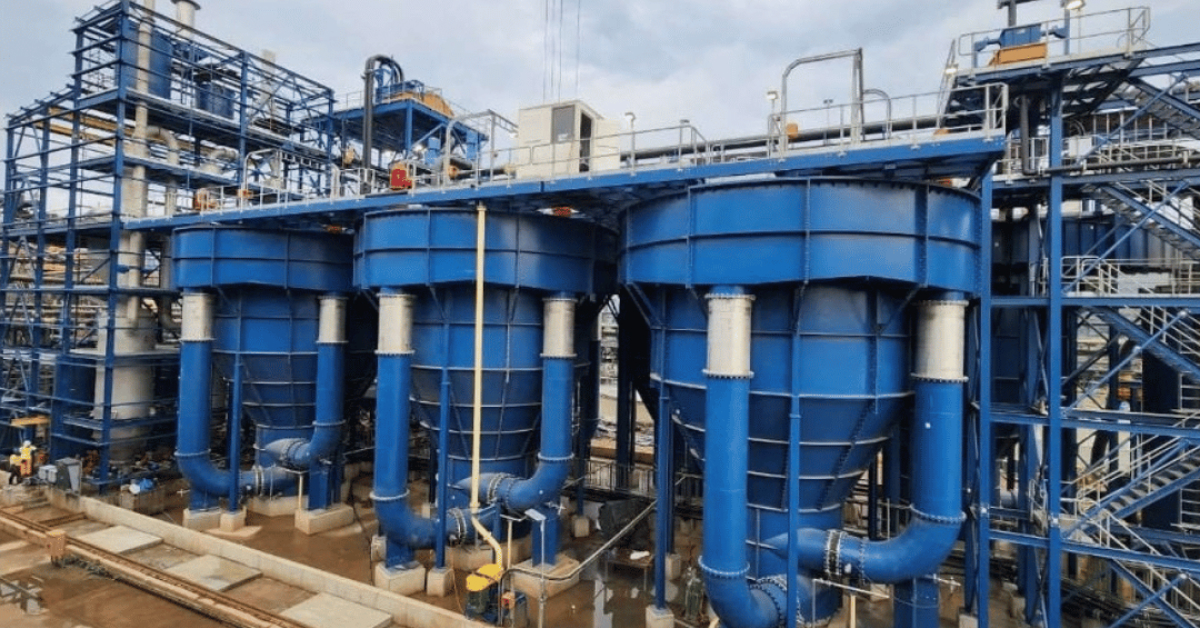By Spencer Erling,
Education Director, SAISC
BACKGROUND
Somehow we do not think of Universities of technology having laboratories or research facilities. Well when it comes to the University of Johannesburg think again!
I suppose the SAISC exposure to the fact that there are laboratories at UJ started some years ago when we were approached to help supply some IPE beams for testing purposes in the laboratories.
Now in the ‘good old days’ it was possible to get the beams donated from Macsteel, financial times are a bit harder these days. They still supply the beams at a very reasonable cost plus basis. Our grateful thanks go out to Macsteel for the help they give us in supporting university research projects. The SAISC pays half the costs and UJ pays the other half.
But until a few weeks ago that was our involvement.
What a pleasant surprise to receive a visit from Johan de Koker (Head of department Civil Engineering Technology at UJ) at our office with an open invitation to come and see what was in fact going on in their laboratory, involving their third year diploma students.
What an even more pleasant surprise when on taking up the invitation to visit UJ to find an industrial building with cranes inside, complete with testing equipment including a 100 ton capacity hydraulic press, 50 ton capacity load cells, strain gauges, inclinometers and the like all linked up to a laptop with sophisticated software.
THIS YEAR’S LABORATORY THEME
Cronje Bruwer and Nick Sfarnas are the lecturers who make it all happen. To the extent that Nick even does the welding.
This year they were studying the impact of different types of end connections on the deflection of the beam under load and if possible to determine the capacity of the different style beams. All beams are the same test length.
Four different IPE profiles were tested (IPE 100, 120, 180 and 200). Four different end connection types were also tested i.e. bolted web cleats, bolted web and flange cleats (Moment connections), flange cleats on their own and finally welded end plates.
The enthusiasm of the students was palpable. The mood rising with a greater group of onlookers (not just the team involved in the particular test) gathering as the load test neared its climax. Some of the failures came with noise, some with spectacular failures.
CONCLUSION – THE FUTURE
What a great way to reinforce the theories we learn by proving them in laboratories. UJ also have a programme of testing reinforced concrete beams. Cronje is currently about to test some composite concrete and steel beams where the steel is in fact thin sheet or plates glued with adhesive to the underside.
Best news of all is that the department has received more funding to purchase even more sophisticated equipment so the future looks good.






